ANNAPOLIS – Each year, up to 188 state lawmakers spend three months in Annapolis for the Maryland General Assembly’s session.
The 2023 session saw a group of legislators that was more representative of the state in terms of race, gender, party affiliation, and age than a decade ago, according to a Capital News Service analysis.
But underrepresented groups still face challenges in the state capital when it comes to getting their legislative priorities through.
Race and Ethnicity
The Maryland General Assembly has gradually become more diverse in recent years.
Roughly 57.8% of Maryland residents are white, according to 2022 U.S. Census estimates. The legislative body isn’t quite proportionate with 61.2% of 2023 politicians identifying as white, but it’s much closer than the 74.5% in 2014.
The percentage of Black lawmakers is close to the general population: 33% of the state legislature identifies as Black, as does 31.4% of the public.
In the past decade, the number of Asian legislators has not reached double digits. The nine Asian lawmakers in 2023 make up 4.8% of the General Assembly, but 6.9% of Maryland’s population identifies as Asian.
The Department of Legislative Services breaks down race into Caucasian, African-American, Asian and other. It does not take ethnicity or Hispanic origin into account.
The Maryland Legislative Latino Caucus, however, keeps track. Its membership has fluctuated throughout its nine years of existence but remained under 10, with seven in the current year — 3.7% of the General Assembly.
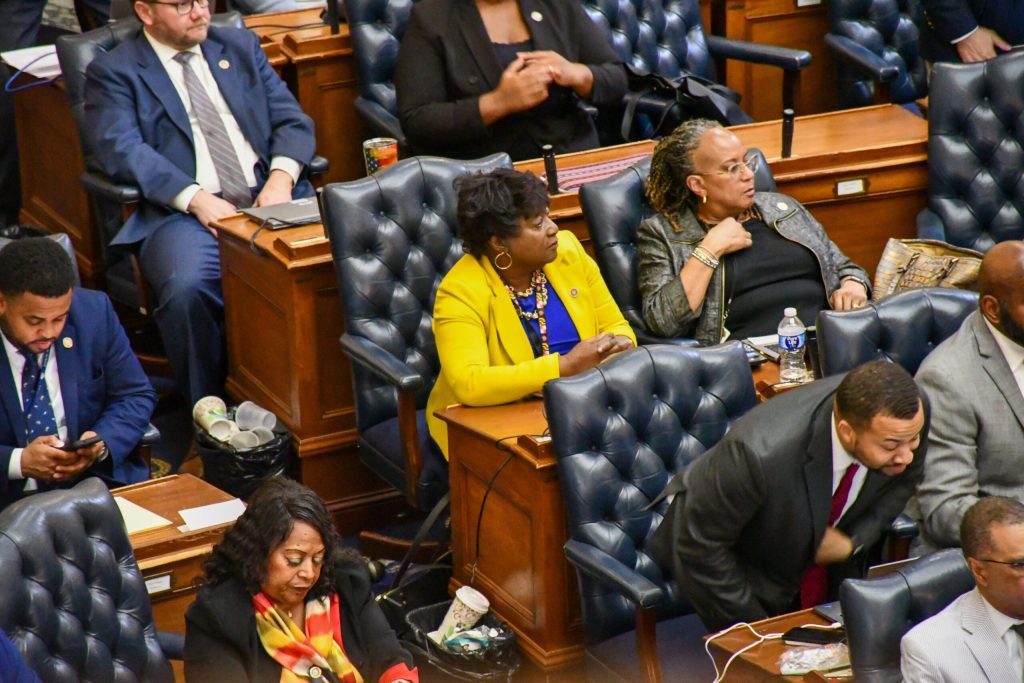
Del. Edith Patterson (center) will take over as president of the Women’s Caucus. (Christine Zhu/Capital News Service)
About 11.1% of the Maryland population identifies as Hispanic or Latino, according to 2022 U.S. Census estimates.
Executive director Madelin Martinez said the underrepresentation doesn’t stop at the legislative level; it’s present in local government and schools as well.
Education and healthcare access are the caucus’ top priorities. To pass legislation, members look for similarities across cultures.
“Poverty is across all races,” Martinez told Capital News Service. “It’s a common denominator for a lot of our communities, so just try to find that common ground.”
Gender
The number of women in the Maryland General Assembly has increased by almost 13% over the last decade, with 80 women serving across both chambers this year compared to 56 in 2014.
42.7% of the 2023 state legislature consists of women despite them making up 51.3% of Maryland’s population, according to 2022 U.S. Census estimates.
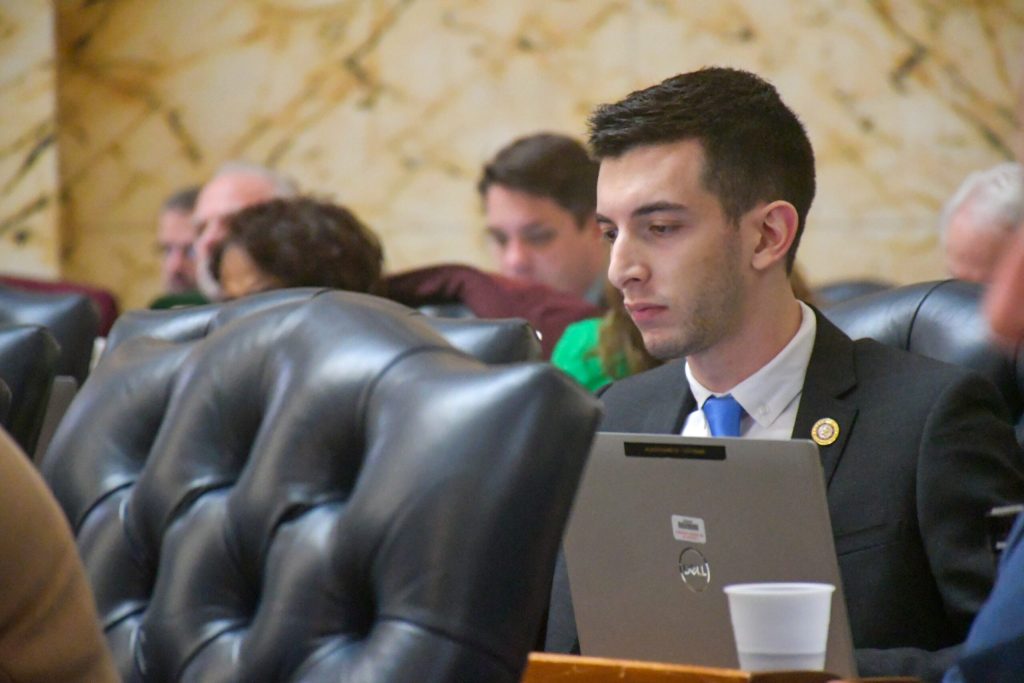
Del. Joe Vogel during the House’s floor session on March 30, 2023. (Christine Zhu/Capital News Service)
Valerie Graham, executive director of the Women Legislators in Maryland, said women lawmakers tend to introduce more bills about issues relating to women, and that underrepresentation in the state capital makes it harder to advocate for those concerns.
“The women that are here have to work really hard just to get their priorities through,” Graham told Capital News Service.
Graham said the caucus had three main policy areas for this year’s session: economic issues, health care, and criminal justice reform.
To accomplish these goals, women in the Maryland General Assembly must advocate for a slight majority of the state’s population as a minority in the state legislature.
“The Women’s Caucus in Maryland is now over 50 years old,” Graham told Capital News Service. “There’s been incredible, the extraordinary growth in what women do on the state level and how they make their impact and advocate for themselves and for their constituents.”
Party
The Republican party saw gains in both chambers of the Maryland General Assembly during the 2014 general election, when Maryland elected Larry Hogan as its second Republican governor since 1970.
The party’s been slightly overrepresented compared to its voter registration over the past decade, but that changed after the 2022 election.
Republicans represent only 23.9% of registered voters in the state, but 30.7% of voters registered as one of the two main parties are affiliated with the GOP, according to the state elections board’s February 2023 voter registration statistics.
The Republican party saw its percentage of lawmakers in the General Assembly drop below 30.7% for the first time since 2014 in the current session.
The number of GOP legislators fell to a total of 52 in 2023 — the lowest number of Republicans across both chambers since 2010.
The decrease in Republican state politicians coincided with Moore’s election in 2022, restoring the Democrats’ trifecta of control in the House, Senate and governorship.
Republicans haven’t held a majority in either chamber in more than a century, and the party is now underrepresented in the Maryland General Assembly compared to the makeup of Democratic and Republican registered voters in the state.
House Minority Leader Jason Buckel, R-Allegany, said it’s become even harder for the Republican party to pass legislation relating to its priorities, such as crime and the economy, with the decline in GOP lawmakers and the absence of a Republican governor.
“There are issues and moments where we work well and work towards compromise with the Democratic supermajority and their leadership, and there are moments and issues where we feel like there’s not enough attention given to compromise,” Buckel told Capital News Service.
Age
There are more Maryland General Assembly members under age 50 in 2023 than any other year in the past decade.
The age of legislators often shifts following election years. While the number of lawmakers between the ages of 20 and 34 rose by just four after the 2018 election, those above age 65 dropped from 63 to 39 for the 2019 legislative session.
Dels. Joe Vogel, D-Montgomery, and Jeffrie Long Jr., D-Calvert and Prince George’s, made history last November when they became the first Gen Z politicians elected to the Maryland General Assembly.
Both men turned 26 between Election Day and the start of the 2023 legislative session.
Vogel is the youngest current member of the General Assembly. He said he sees his age as an asset and ran on a campaign with multigenerational support.
“I’m not just fighting for young people, I’m fighting for people of all ages,” he told Maryland Matters in November.
During the previous election cycle, Sen. Sarah Elfreth, D-Anne Arundel, earned the title as the youngest woman to serve in the upper chamber at age 30.
She called age diversity a “definite strength” to the state legislature because it brings about different perspectives and experiences.
“The whole point of the General Assembly is to have a representative body,” Elfreth told Maryland Matters in November.

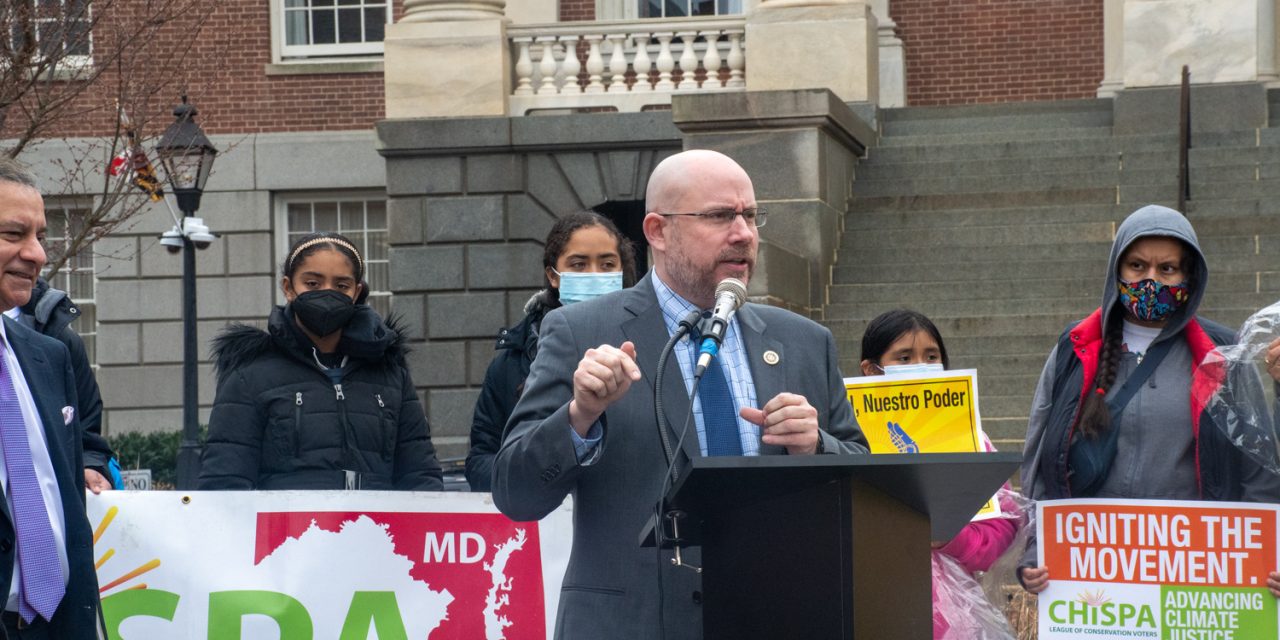
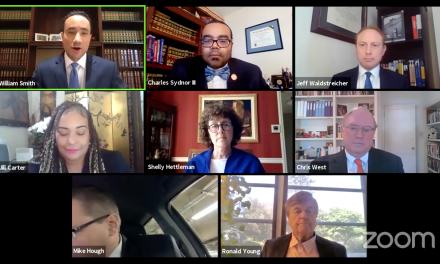

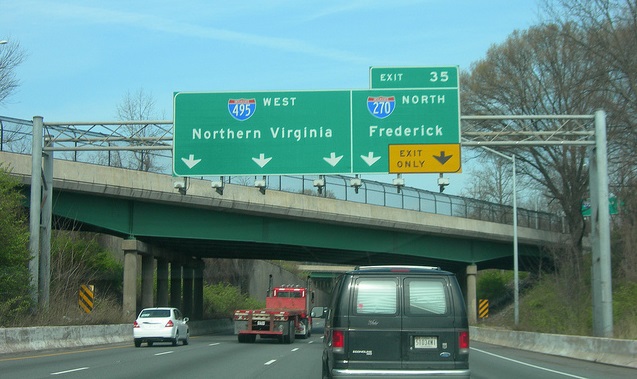

Recent Comments